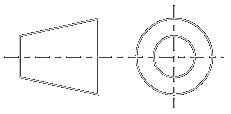Categories
Statistics
Since 08.08.2014
Counts only, if "DNT = disabled".
Your IP is 18.218.94.236
ec2-18-218-94-236.us-east-2.
Counts only, if "DNT = disabled".
Your IP is 18.218.94.236
ec2-18-218-94-236.us-east-2.
Info
เราจะทำแบบวิศวกรผู้ยิ่งใหญ่

25. December 2024
YOU RATED THIS ...
avg = 0.0 , n = 0


Antenna_Selection_Guide.php 8980 Bytes 03-06-2024 18:23:06
Antenna Selection Guide
Some kind of overview ...
People often ask for GSM-Antenna, WiFi Antenna or XYZ Antenna. Unfortunately the answer is always : "There is no such thing"
(and my search-engine shows no results),
as all names describe a service. The antenna however does not care about your service nor modulation or power. Instead, antennas are classified
regarding other properties like gain, bandwidth or radiation pattern. Our list suggests antenna types with respect to their relative position.
The question here is always : Is the position fixed or is the sender / receiver moving around. An antenna does not care if used as receiver or transmitter.
(First iteration ;-)
Scenario #1 : Sender fixed position, Receiver fixed position
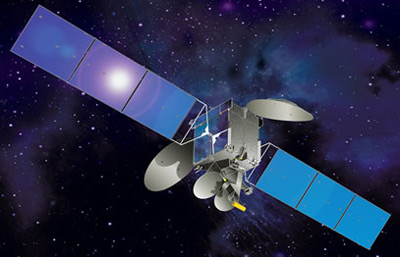
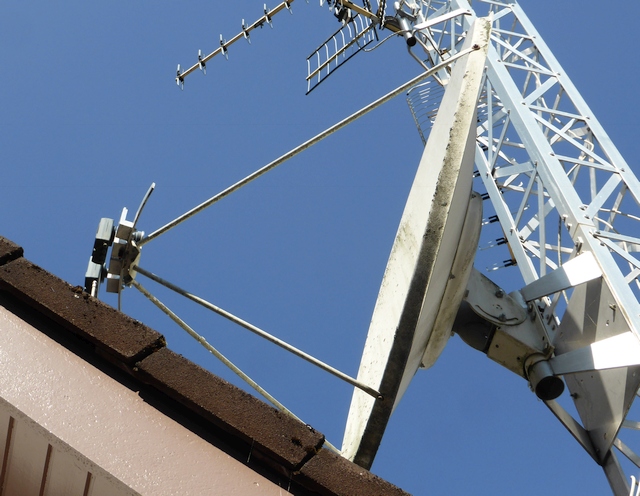
This is the case when you watch television or radio at home (unless you live in a caravan :-)
In that case we suggest you use an antenna with a small aperture angle, pointing towards the Sender (Transmitter). Depending on the distance and frequency, you need more or less gain. More gain is necessary for large distances and for higher frequencies, as the radiowave is attenuated more. The following designs may be suiteable for that case :
| Antenna Type | Bandwidth | Construction | Cost |
| Yagi Uda Antenna | small, ~ 10% | easy | medium |
| HB9CV Antenna | small, ~ 4% | easy | low |
| Antipodal Vivaldi Antenna | broadband | easy | low |
| LPDA | broadband | easy | medium |
| Parabolic antenna | small | advanced | high |
| Cantenna | small | easy | low |
Or anything else with a small aperture angle.
Scenario #2 : Sender fixed position, Receiver moving around
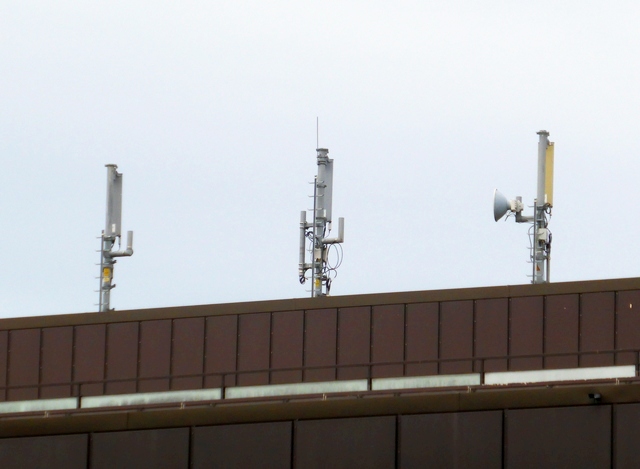
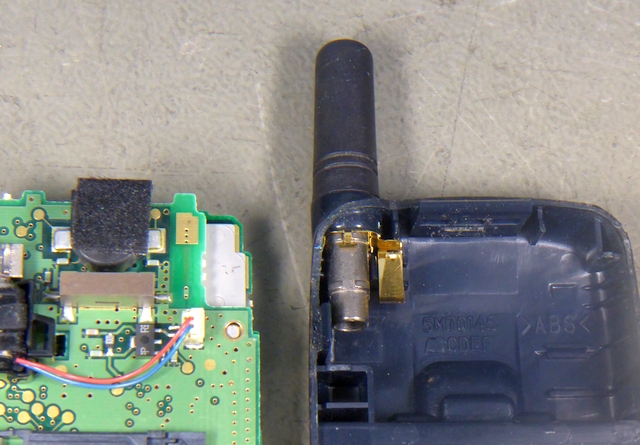
This is the case when you listen radio in your car or when you make a call with your mobilephone. In that case we suggest you use an antenna with a large aperture angle, preferrably an omnidirectional design. This will make sure, that your signal strength is independant of your position (just getting smaller with increased distance). The following designs may be suiteable for that case :
| Antenna Type | Bandwidth | Construction | Cost |
| λ/4 Groundplane | small | easy | low |
| Discone | broadband | easy | high |
| J-Pole | small | easy | low |
Or anything else with an omnidirectional characteristic.
Antenna Gain versus Omnidirectivity
An isotropic radiator is a theoretical point source of electromagnetic or sound waves which radiates the same
intensity of radiation in all directions. It has no preferred direction of radiation. It radiates uniformly in all
directions over a sphere centred on the source. Isotropic radiators are used as reference radiators with which other
sources are compared. Wikipedia Isotropic radiators have no gain.
The gain arises, when the pattern is no longer uniform in all directions. We may understand the gain as the ratio of radiation angle with respect to a sphere. The smaller the angle, the more power may be transmitted in one direction. The more "Gain" we have.
The gain arises, when the pattern is no longer uniform in all directions. We may understand the gain as the ratio of radiation angle with respect to a sphere. The smaller the angle, the more power may be transmitted in one direction. The more "Gain" we have.
✈ Share your thoughts
The webmaster does not read these comments regularely. Urgent questions should be send via email.
Ads or links to completely uncorrelated things will be removed.
Your Browser says that you allow tracking. Mayst we suggest that you check that DNT thing ?
 ช้างเผือก
ช้างเผือก
